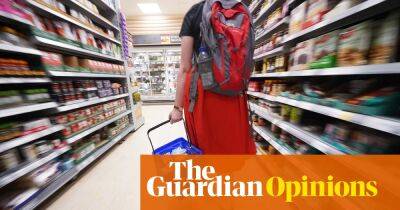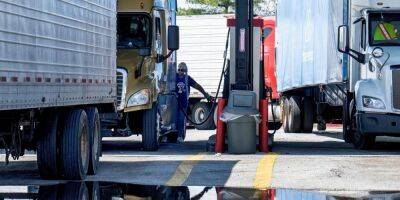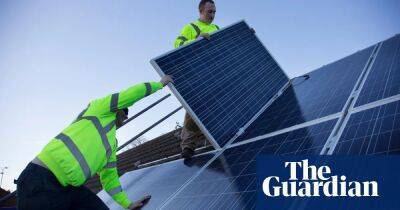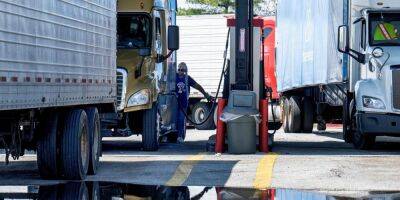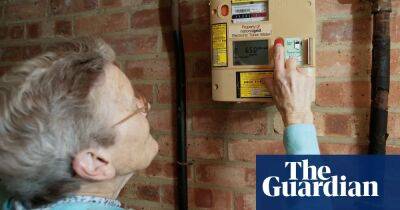Pawn shops and bread queues: poverty grips Ukraine as war drags on
I n the Treasure pawn shop in Kyiv, Oleksandra, 40, a well turned out woman in a hooded wool coat and Nike trainers, has come to redeem her sewing machines. Like all those visiting the store, she does not want to give her family name.
She says that when Russia invaded Ukraine in February 2022, she was working as an accountant for a firm that employed 14 people, who were all laid off because of the conflict. Since then she has struggled to find regular work. With savings running out, like many others in Kyiv, she turned to pawning her possessions to get by, only finding a job a year later that allowed her to claim back her machines.
As Oleksandra leaves clutching her belongings, save for a mobile phone she has decided not to redeem, the cashier, Oleksandr Stepanov, remarks from behind his hardened glass window that on a busy day the shop can get 50 people coming in to surrender mobile phones and household appliances.
Those who can afford it, he says, will come back to get their goods within two weeks. Almost half, he adds, will not, leaving Treasure to sell on the items from a back room with displays of phones and watches. “People are struggling because of the war. They don’t have money.” Many have lost their jobs, he says, while prices have skyrocketed even for those who have jobs.
The scene in the pawn shop illustrates the crisis of growing poverty in Ukraine, the reality of which stands in contrast to the surface bustle of Kyiv’s busy restaurants and bars where it is often hard to get a table, with many living a precarious existence.
Poverty increased from 5.5% to 24.2% in Ukraine in 2022, pushing 7.1 million more people into poverty with the worst impact out of sight in rural villages, according to a recent report by the
Read more on theguardian.com

